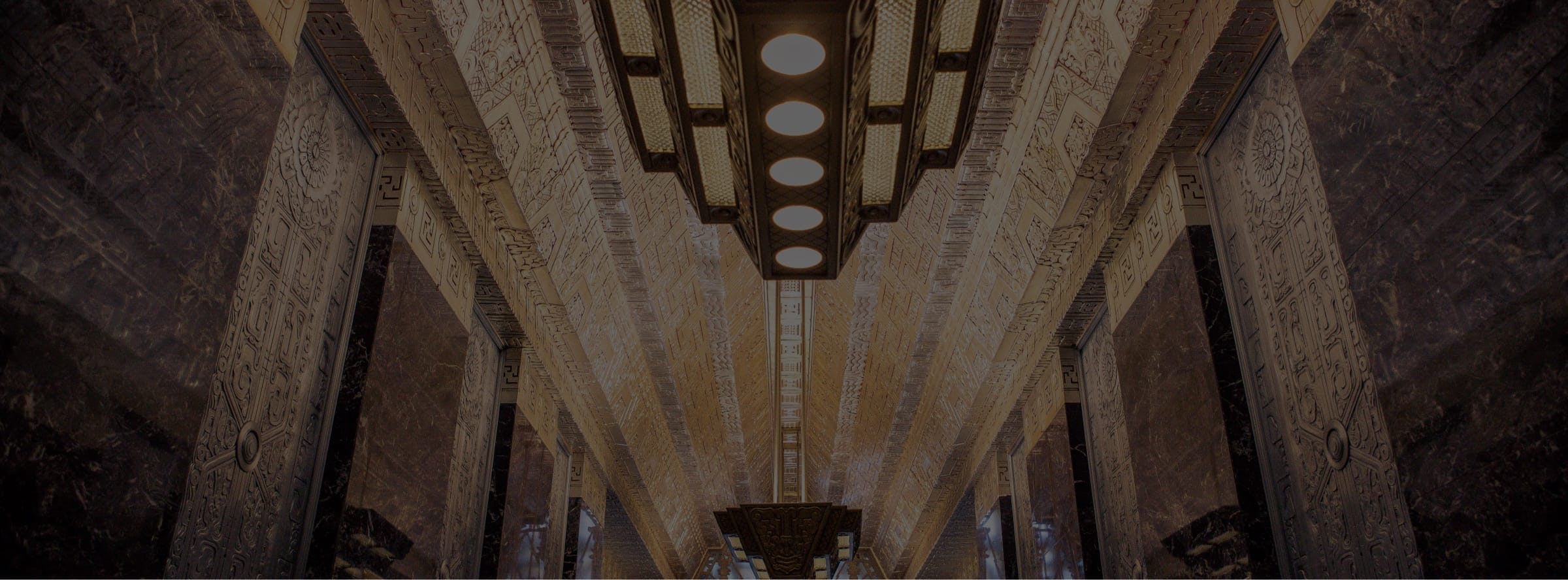
There are a few reasons your gums could be receding. Age, forceful brushing, uneven teeth, or periodontal disease all contribute to receding gums, which can lead to more complications and even tooth loss. Dr. Amin Samadian and his skilled team of professionals want nothing more than to help you achieve your healthiest smile. If your gums are receding, soft tissue grafting may be the option for you.
What Does Soft Tissue Grafting Accomplish?
Soft tissue grafting consists of many different techniques and types of grafts, and each one works to accomplish specific goals for individual patient needs. The essential aim of soft tissue grafting is to affix healthy gum tissue to your existing gums to stop the progression of a receding gum line. This can provide many benefits to the individual undergoing treatment, such as:
Prevent continued tissue loss.
Soft tissue grafts stop recession in its tracks, so you can maintain the healthy gum line you need for a beautiful smile and strong teeth. Augmenting existing gum tissue improves the gumline you have from continuing to deteriorate and putting your teeth at risk.
Soft tissue grafting can also alleviate sensitivity.
You’ll be able to enjoy coffee or ice cream without fear that hot or cold temperatures will make your teeth hurt. Keep consuming your favorite foods and beverages without discomfort.
Protect tooth roots from decay.
The more exposed your tooth roots are, the more vulnerable they are to the things that eat away at the enamel. Teeth flex under pressure, and when they rub together, this can cause erosion and abfraction, a specific type of wear. Brushing your teeth with too much force or with a brush with bristles that aren’t soft enough can also wear away your gums. With soft tissue grafts, your roots are protected for healthy, strong teeth.
Beautify your smile.
Having too much of your teeth showing or displaying an uneven gum line can make you self-conscious or avoid smiling altogether. Free those wide grins with total confidence that your teeth and gums look their best and are no cause for covering up.
How is Soft Tissue Grafting Done?
Soft tissue grafts can be accomplished by harnessing a few different types of donor tissue. These types include tissue taken from your soft palate, synthetic tissue, and/or grafting material from a tissue bank. The best type of graft for you depends on your unique gum condition and healing capabilities. Dr. Samadian has a variety of advanced techniques at his disposal to determine the best way to apply the soft tissue grafts to your gums.
Free gingival grafts involve increasing keratinized tissue around a tooth to protect it. While its purpose is not to cover exposed tooth roots, it can restore inadequate gum tissue to a lasting and healthy state.
Connective tissue grafts do cover exposed roots. They begin with a flap cut into the palate, and donor tissue from under the flap—subepithelial connective tissue—is harvested. The donor tissue is then stitched to the area of the exposed tooth root to integrate with gums and provide more coverage.
The tunneling technique is a less invasive method of soft tissue grafting for quick healing. Using a specialized tool to tunnel beneath the gum tissue at the site of the recession, Dr. Samadian creates a space to place the graft while leaving gums between the teeth intact. The donor tissue is threaded through this tunnel and stitched into place to fuse with existing gum tissue for full coverage of exposed tooth roots.
The pinhole technique involves no need to remove tissue from the roof of your mouth. Dr. Samadian makes a small hole in the gum above the area of root exposure and massages the recessed gum tissue into better position to cover the roots in the treatment area. You may receive artificial graft materials to achieve full coverage, and collagen sticks are then inserted to boost collagen production for a sustainable result.
The vista technique offers immediately visible results for multiple areas of gingival recession. It involves making a tunnel in the recessed area of the gums and bringing the gum tissue lower for full tooth root coverage, similar to the pinhole technique but without the graft materials. Dr. Samadian affixes the gums in place for a restored gumline.
Before the procedure begins, your teeth are cleaned deeply to remove all tartar and plaque. In a conventional approach, your donor tissue is obtained and an incision is made to place the graft over the area of recession you’re having treated. With some techniques, like the pinhole gum lift, only a tiny hole is made in the gums, and precise instruments are used to position existing gums farther over the root to correct the exposure, and synthetic collagen sticks are placed to encourage the gums to thicken and remain in place.
Your situation will determine the best method of soft tissue grafting to create a beautiful, healthy gum line and keep your tooth roots as covered as possible.
What Results Can I Expect?
Your tooth sensitivity should reduce relatively quickly, though the method of grafting you have performed will determine the details of your recovery. After 1-2 weeks, your healing should be well in hand, and you can expect a more even smile without experiencing sensitivity or pain. Your roots are protected and your teeth are less at risk of loosening or being lost. Flossing and brushing will be less painful, and good oral hygiene can help you maintain a fantastic smile for years to come.
Take the Next Step
If you have questions about soft tissue grafting, we encourage you to schedule a consultation with Dr. Amin Samadian, proudly serving San Francisco, Main County, and the East Bay Area in California. You can count on him to help you make an informed decision. Call us at (925-254-2360) or fill out our convenient online contact form.


